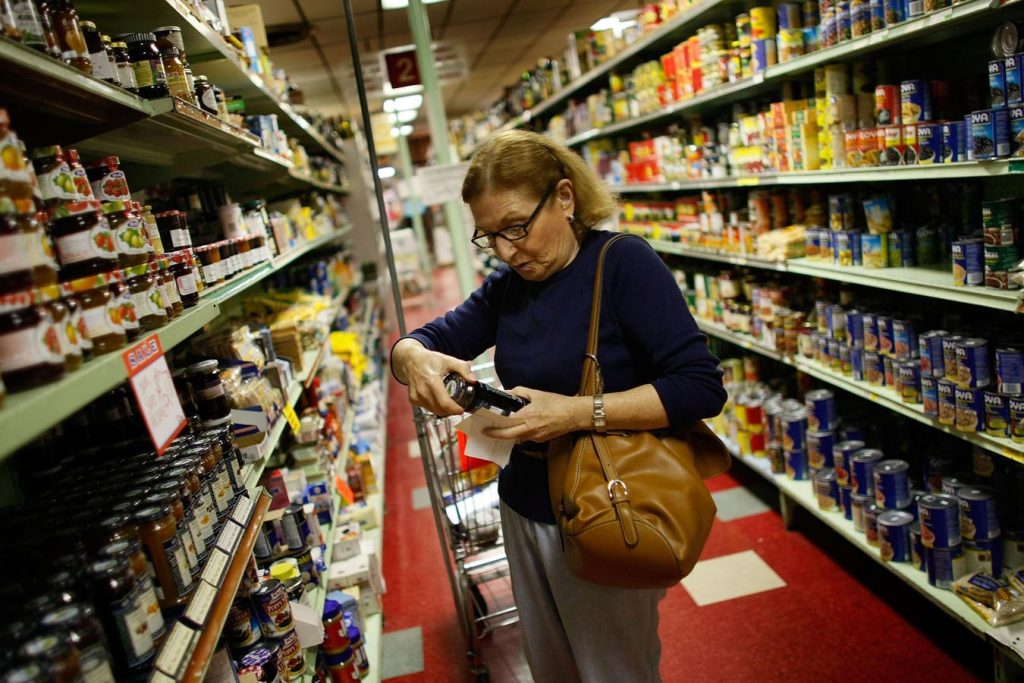Inflation in the U.S. has recently spiked to its highest level since the early 1980s, with food prices accounting for 13.5% of the relative importance of the total index. Higher food prices have a harmful effect on those with lower incomes and retirees on a fixed income. The rate of inflation is measured by the consumer price index (CPI), which includes a basket of goods and services used to track price changes for consumers. The basket includes prices on housing, apparel, transportation, food and beverages, medical care, recreation, and other goods and services.
Since 1950, the CPI has averaged 3.54% per year while food inflation was 3.36% annually, showing not much difference. The story is similar when measured from 1980 to the present, with CPI averaging 3.34% compared to food inflation at 3.05%. The annual inflation rate for total inflation (CPI) and food inflation from 1980 through 2023 shows that most of the time, total inflation and food inflation were similar. However, during the early 1980s, food inflation remained well below total inflation. The most recent round of inflation has seen food prices rise much faster than total inflation.
Specifically looking at certain food items, the price of a gallon of milk increased from $0.83 in 1950 to $3.96 in 2023, equating to a 2.16% increase per year. From 1980 to 2023, the price of milk rose by 2.82% per year. Of the five items listed, bananas had the smallest increase while bacon and white bread had the largest price increases. In the current economic environment, the Federal Reserve is raising interest rates to slow the economy and reduce inflation, while the federal government is spending excessively, stimulating the economy, making it difficult for the Fed to reach its 2.0% inflation target.
As it is an election year and politicians are spending large amounts of money to win votes, the federal government’s actions through fiscal policy are working against the Fed’s actions through monetary policy, making it challenging for the Fed to lower inflation to its target. The conflicting actions between the Fed and the federal government will likely continue to complicate the situation, potentially making it impossible for the Fed to achieve its inflation target on its own.


